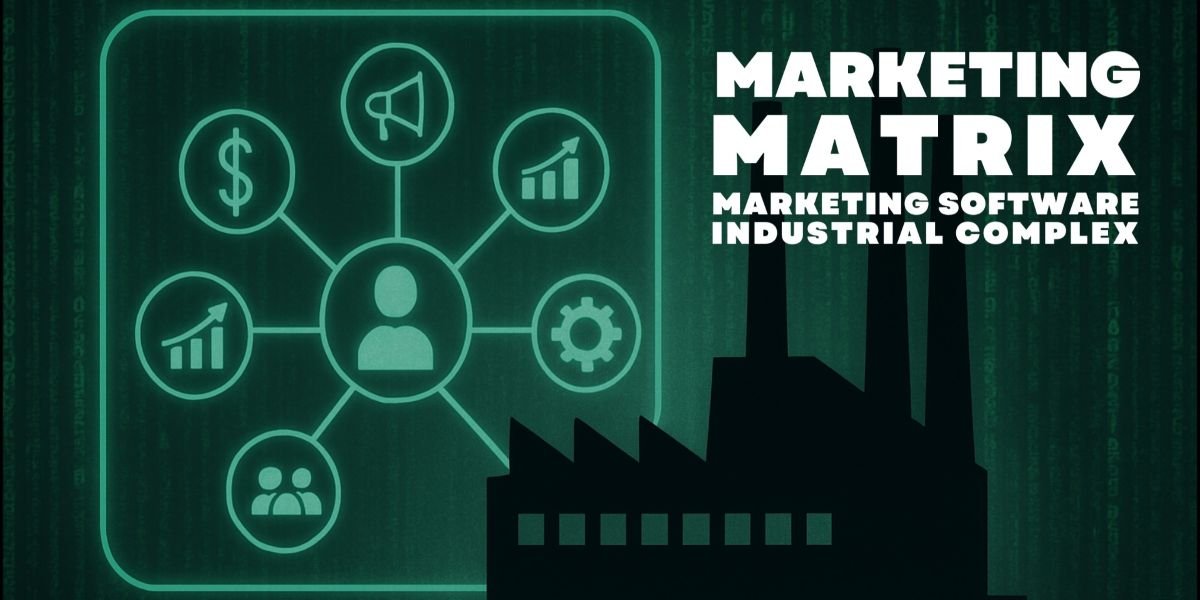By: Natalie Chen
Navigating the intricate web of development-permitting processes can often feel like deciphering a cryptic code. These processes often include complex regulations, paperwork, and bureaucratic hurdles. Development permitting involves obtaining the necessary approvals and permits from local authorities before breaking ground on a project.
Streamlining these processes is essential for efficient project management. Not only does it save time and resources, but it also fosters smoother collaboration between developers and local authorities. Achieving this streamlined approach to permitting processes isn’t without its challenges. Developers often grapple with red tape, conflicting regulations, and lengthy approval timelines, while local authorities strive to balance regulatory compliance with facilitating economic growth.
Career public servant Leonard Hernandez provides tips for success in streamlining development permitting processes. From fostering effective communication to embracing technology-driven solutions, Leonard Hernandez’s first hand insights will pave the way for smoother and more efficient project development.
Understanding Development Permitting Processes
Development permitting processes are the systematic procedures that developers must navigate to obtain the necessary approvals and permits from local government agencies before commencing construction projects. These processes are vital components of project management, ensuring adherence to zoning regulations, building codes, and environmental standards.
Typically, the stages of development permitting encompass several key steps. It begins with submitting a comprehensive application detailing the project’s scope, design plans, and intended land use. Subsequently, regulatory bodies and local government agencies review the application, assessing its compliance with applicable laws and regulations. This evaluation involves scrutinizing zoning ordinances, ensuring adherence to building codes, and evaluating potential environmental impacts.
“Throughout the permitting process, local government agencies play a crucial role in facilitating the exchange of information, issuing permits, and enforcing regulatory compliance,” says Leonard Hernandez. “Their oversight ensures that proposed developments align with community goals, safety standards, and environmental sustainability objectives.”
Understanding the intricacies of development permitting processes is essential for developers to navigate regulatory landscapes effectively and embark on successful construction endeavors. Compliance with zoning regulations, building codes, and environmental standards is paramount to achieving project approval and ensuring sustainable development outcomes.
Identifying Common Bottlenecks
During the development permitting process, various challenges and bottlenecks can impede progress and prolong project timelines. One prevalent issue is delays stemming from incomplete applications or missing documentation. Insufficient information provided in applications often necessitates additional rounds of review, prolonging the approval process.
“Conflicting regulations and unclear requirements also pose significant obstacles,” notes Hernandez.
Developers may encounter contradictory directives from different regulatory bodies, leading to confusion and delays in obtaining necessary approvals. Ambiguous or evolving regulations can complicate compliance efforts, further exacerbating delays.
Community opposition and environmental concerns can further compound bottlenecks in the permitting process. Public opposition to proposed developments or environmental impact assessments can trigger additional reviews, hearings, or legal challenges, significantly extending project timelines.
Identifying these common bottlenecks is crucial for developers and local authorities to address issues and proactively streamline the permitting process. Stakeholders can mitigate delays and ensure smoother project progression by addressing incomplete applications, clarifying regulations, and fostering community engagement.

Photo: Unsplash.com
Tips for Streamlining Development Permitting
Achieving efficiency in development permitting requires a strategic approach and proactive measures. Developers should prioritize thorough research and due diligence before initiating the permitting process. Understanding local regulations, zoning ordinances, and environmental requirements upfront can streamline subsequent steps.
Building strong relationships with local authorities and regulatory agencies is paramount. Open communication channels and collaborative partnerships can facilitate smoother exchanges of information, expedite reviews, and resolve issues efficiently.
Embracing technology and digital platforms can revolutionize the permitting process. Utilizing online portals for document submission and communication streamlines administrative tasks and reduces paperwork.
“Implementing project management tools enables stakeholders to track progress, manage deadlines, and address bottlenecks effectively,” says Hernandez.
By incorporating these tips into their approach, developers can navigate the complexities of development permitting with greater ease and efficiency. Proactive planning, effective communication, and technological innovation are key drivers in streamlining processes and achieving successful project outcomes.
Overcoming Regulatory Hurdles
Navigating the labyrinth of regulatory frameworks and zoning laws demands strategic navigation and proactive engagement. Developers can employ several strategies to overcome these regulatory hurdles effectively. Firstly, engaging with stakeholders early in the process can preemptively address concerns and mitigate potential opposition. Collaborating with community members, local authorities, and advocacy groups fosters transparency and builds consensus, enhancing the likelihood of project approval.
Another invaluable tactic is seeking expert guidance from legal counsel or consultants specializing in land use and zoning. These professionals possess an intricate knowledge of regulatory intricacies and can provide tailored guidance to ensure compliance and navigate complex permitting processes.
Staying abreast of regulatory updates and changes is essential. Regulatory landscapes are dynamic, and developers must adapt to evolving requirements and mandates. Regular communication with regulatory agencies and participation in public hearings or forums can provide insight into upcoming changes and potential challenges, allowing developers to address regulatory hurdles and minimize delays proactively.
Streamlining development permitting processes is vital for fostering efficient project management and driving positive outcomes for developers and local communities. Stakeholders must implement the tips discussed to enhance the permitting experience. Continuous dialogue and collaboration between developers and local authorities will further improve the process and facilitate sustainable development.
Published By: Aize Perez












